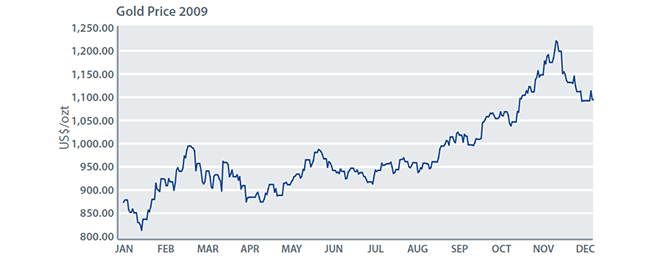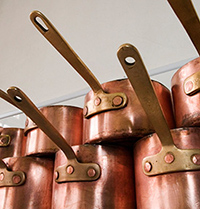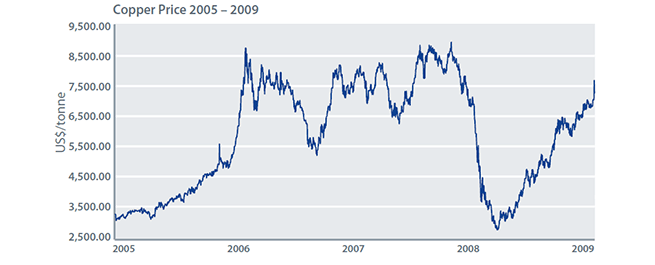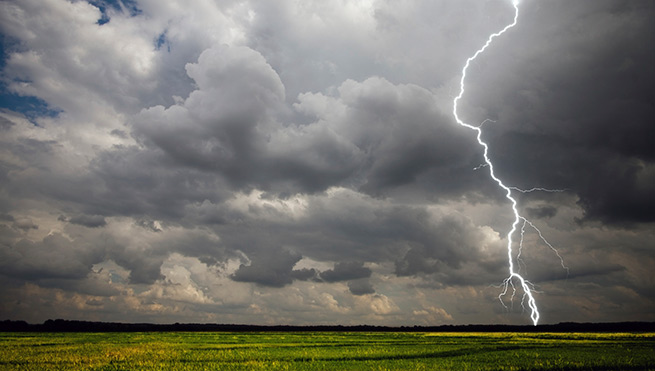Commodities: All That Glitters

2009 was a year for gold bugs as the price rose 25.04%
reaching a high of $1,212.50 on December 3rd. This was
mainly caused by the weak US dollar, inflation fears and
near zero returns on cash providing a low opportunity cost
for holding gold as investors sought alternative investment
returns. A curious by-product of the rise in the price of gold
is the proliferation of new businesses offering to buy gold
by mail order as evidenced by increased advertising on TV
by companies such as cashforyourgold.co.uk and cash4gold.
com. Additionally, London’s most famous department store,
Harrods, is now also buying and selling gold.
By the end of the year gold had retreated to $1,087.50 and the question now is: where is the price of gold heading this year? Valuing gold is complicated – it has few uses other than for jewellery, some industrial applications and investment. As Warren Buffet once said “Gold gets dug out of the ground in Africa, or someplace. Then we melt it down, dig another hole, bury it again and pay people to stand around guarding it. Anyone watching from Mars would be scratching their head.” Gold bulls point to limited supply and increasing demand from central banks (witness the purchase of 200 metric tons of gold by the Reserve Bank of India in November followed by a smaller purchase by Sri Lanka) as well as inflationary concerns caused by quantitative easing. Gold bears highlight the lack of investment return available to investors and the propensity over time for gold prices to fluctuate within a large band (or to constantly bubble).
Analysts differ in their future predictions for gold and the range of prices quoted for the end of 2010 is between $850 and $1,450 – either a 30% fall or a 30% increase based on the 2010 starting price. 2010, like 2009, will be a remarkable year for gold either way.
A curious addendum to this section: an article in The Times in March 2009 suggested that there had not been an independent audit of the $137 billion gold stockpile at Fort Knox in the USA since the era of President Eisenhower(1). Consider the effect on the price of gold (and global markets) if it turned out that the real amount of bullion was considerably lower.

Copper Pots & Pans
Copper prices increased 19.72% in the fourth quarter and 153.16% overall in 2009. The main (and well-documented) driver for this has been the increased demand from China. However, the price spiked to a 15 month high of $7,375.00 a tonne at the end of 2009 as strikes threatened production in Chile. Prices are expected to continue to rise as the global recovery gains momentum; however, a rise in interest rates by the Federal Reserve that leads to a strengthening of the US dollar could put a brake on this. Copper is widely used in industrial applications and is often seen as a bellwether for the general health of the economy as can be seen by its performance in 2009. Continued growth in global GDP should see a continued, though less prolific, rise in copper prices.


Anyone for Tea – Isn’t the Weather Awful?
Poor weather, both actual and predicted, was the primary cause for an increase in the prices of a number of soft commodities – tea, cocoa and sugar – making your average cup of tea with chocolate biscuit on the side more expensive, especially if you take it with a couple of lumps of sugar.
Over the course of 2009 tea prices hit record levels with the United Nations Food and Agriculture Organisation tea composite reaching a high of $3.18/kilo in September compared with an average price of $2.38 in 2008. Cocoa hit its highest London price in 32 years and white sugar prices continued to trade near record levels with LIFFE March up 0.7% to $673 a tonne while ICE March raw sugar added 1.5% to 26 cents a pound.
The weather played a large part in driving the prices for these commodities. Droughts in India, Sri Lanka and Kenya caused tea shortages that pushed up prices in 2009 but this may also create a future over-supply as farmers may increase planting and production in 2010. There are concerns that this year’s El Niño could hit cocoa supplies from Indonesia and Ecuador and that the Harmattan (the dry, dusty wind that blows from the Sahara) could jeopardise a strong-flowering and therefore damage production in West Africa which produces two thirds of the world’s cocoa. Typically in an El Niño year global production dips by 5% and this has helped push prices up throughout 2009 and may well continue to contribute to increased prices in 2010 as output for 09-10 could lag behind demand for the fourth year running.
As an aside, production in West Africa is in decline as farmers switch to rubber to seek higher returns. Poor husbandry and disease have particularly affected farmers in the Ivory Coast who are reluctant to invest in new cocoa plants as there is a 3-4 year wait before a plant yields anything and there can sometimes be several more years to wait before it generates a profit. The Ivory Coast alone currently produces 40% of the world’s cocoa so it will be interesting to review this in future years.
Shipping
The Baltic Dry Index (a daily average of prices to ship raw materials) started 2009 at 774 peaking at 4,661 on 19th November and closing the year at 3023 – still a long way off the high of 11,793 on 20th May 2008. This indicates that the cost of transportation of commodities is still a long way off pre-credit crunch highs despite increasing nearly fourfold since the start of the year and possibly that there will be continued demand for commodities into 2010.
- Chris Ayres (2009) Is there any gold inside Fort Knox, the world’s most secure vault? The Times. London, 28th March.
^ back to top
10 Charles II Street
London, SW1Y 4AA
United Kingdom
T +44 (0) 20 7043 0455
F +44 (0) 20 7043 0456
E enquiries@MASECOfinancial.com
